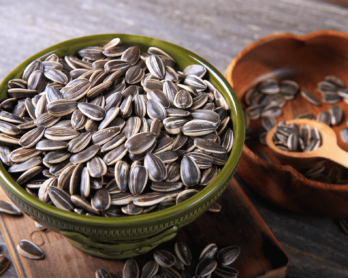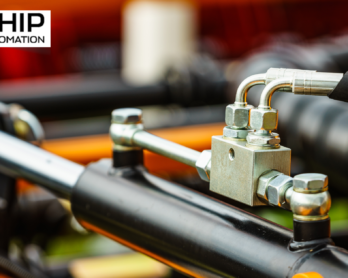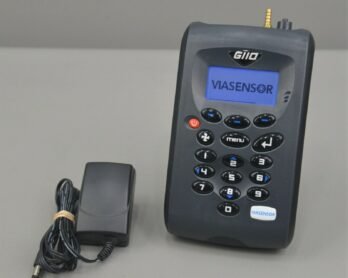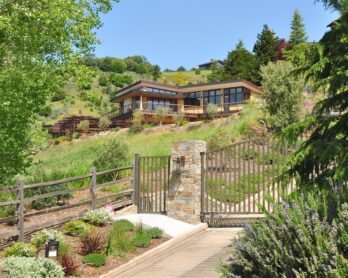
Interior cladding adds a touch of elegance and protection to your home or office space. However, maintaining its beauty and functionality requires effort and attention. In this article, we will explore the essential cladding maintenance tips for Australian homeowners and businesses, ensuring that your interior cladding remains in top condition. Additionally, we will provide guidance on selecting reliable interior cladding suppliers to meet your specific needs.
Introduction
Cladding, whether made of High-Pressure Laminate (HPL), timber, or other materials, plays a vital role in enhancing the aesthetics and durability of interior walls. However, like any other part of your property, cladding requires regular maintenance to retain its charm. Neglecting this crucial aspect can lead to various issues, including damage and deterioration.
Importance of Cladding Maintenance
Proper cladding maintenance is essential for several reasons:
- Preservation of Aesthetics: Well-maintained cladding enhances the overall visual appeal of your interiors.
- Durability: Regular maintenance extends the lifespan of cladding, saving you money on replacements.
- Value: Maintained cladding can add value to your property, making it more attractive to potential buyers.
Cladding Materials and Types
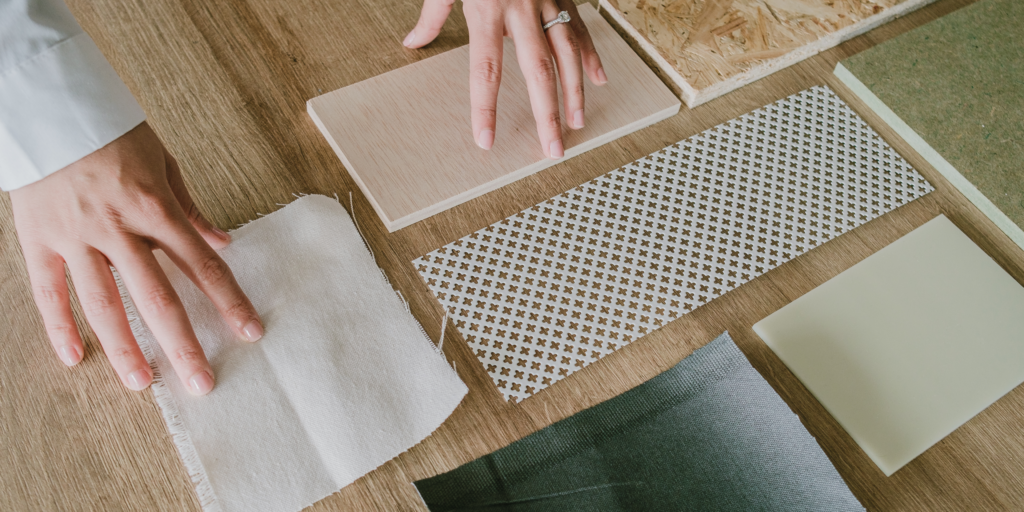
Interior cladding can be made from various materials, each with its unique characteristics and maintenance requirements. Understanding the type of cladding in your interior space is crucial for effective maintenance. Here are some common cladding materials and types you may encounter:
High-Pressure Laminate (HPL) Cladding:
HPL cladding is known for its durability and versatility. It consists of multiple layers of kraft paper soaked in phenolic resin, compressed under high pressure and heat. HPL cladding offers a wide range of designs, patterns, and textures, making it a popular choice for interior applications. Maintenance considerations for HPL cladding include:
- Regular Cleaning: Use a mild detergent and a soft cloth to clean the surface. Avoid abrasive cleaners that can scratch the finish.
- Avoiding Scratches: HPL can resist minor scratches, but it’s advisable to prevent heavy or sharp objects from coming into contact with the surface.
- Stain Removal: Follow the manufacturer’s guidelines for stain removal, as HPL can vary in its ability to resist stains.
Timber Cladding:
Timber cladding provides a natural, warm, and aesthetically pleasing look to interiors. Timber cladding can be made from various wood species, and maintenance requirements will depend on the type of wood used. Here’s what to consider:
- Regular Cleaning: Wipe timber cladding with a damp, soft cloth to remove dust and dirt. Avoid using excessive water, as it can lead to swelling and warping.
- Refinishing: Timber cladding may require periodic refinishing, such as sanding and resealing, to maintain its appearance and protect against moisture.
Stone and Tile Cladding:
Stone and tile cladding can provide a natural and textured look to your interiors. These materials are known for their durability. Maintenance tips include:
- Cleaning: Use a pH-neutral cleaner for stone or tile cladding to avoid damaging the surface.
- Grout Care: Pay attention to grout lines, as they can accumulate dirt and mildew. Regularly clean and seal grout to prevent discoloration.
Metal Cladding:
Metal cladding can be made of materials like aluminum or stainless steel. It offers a modern and sleek appearance. Maintenance for metal cladding involves:
Regular Cleaning: Wipe the surface with a mild detergent and water to remove dirt and smudges. Avoid abrasive materials that can scratch the metal.
Vinyl Cladding:
Vinyl cladding is known for its affordability and ease of maintenance. It’s a popular choice for interior applications. Maintenance steps include:
Regular Cleaning: Wipe down vinyl cladding with a mixture of mild detergent and water. Avoid using harsh chemicals that can damage the vinyl surface.
Composite Cladding:
Composite cladding consists of a combination of materials, such as wood fibers and plastics. It offers the appearance of wood with added durability. Maintenance for composite cladding includes:
- Regular Cleaning: Clean the surface with a mild detergent and a soft cloth to remove dirt and grime.
- Preventing Moisture: Ensure that composite cladding is properly sealed to prevent moisture from seeping in, which can lead to rot and mold. Understanding the material and type of cladding in your interior space is essential for tailoring your maintenance approach to ensure the longevity and aesthetics of your cladding.
Conclusion
In conclusion, cladding maintenance is a critical aspect of preserving the beauty and functionality of your interior spaces. Regular cleaning, handling stains, preventing damage, and professional maintenance are key components of an effective maintenance routine. By following these tips, you can enjoy long-lasting, attractive cladding in your Australian property.






